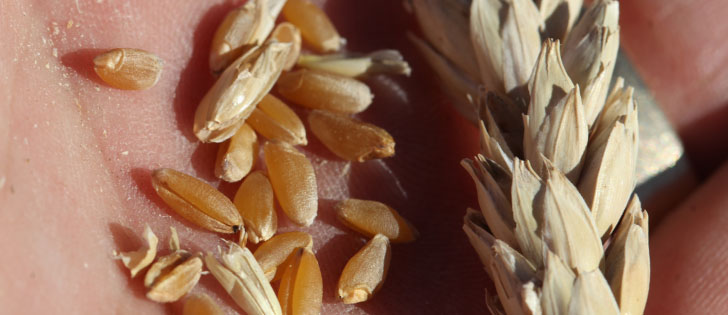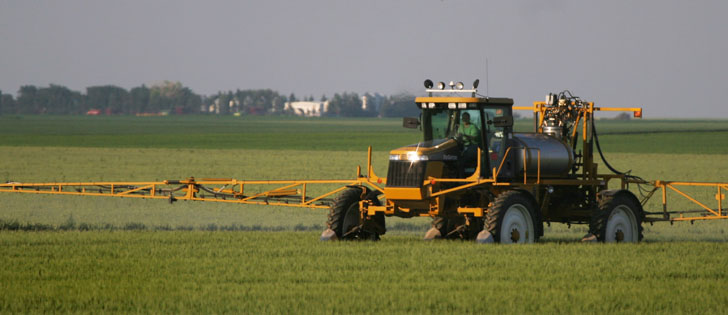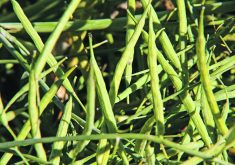Rob Brunel thinks he has the answer to problems caused by fungal disease standards and GMO regulations: farmers should do more and regulators should do less.
“As we test more and test better, maybe we’re finding things there that we would rather not find,” the Keystone Agricultural Producers vice-president said at the end of the Canada Grains Council annual meeting in Winnipeg.
That was a common sentiment at the meeting, which focused on the many trade snarls that have developed over zero tolerance for traces of genetically modification in crops shipped to Europe, growing demands by regulators to control ochratoxin A (OTA) and problems caused by fusarium and DON.
Read Also

Canola oil transloading facility opens
DP World just opened its new canola oil transload facility at the Port of Vancouver. It can ship one million tonnes of the commodity per year.
No one at the meeting argued for ignoring the concerns about DON, OTA and small amounts of accidental GM material in conventional shipments.
However, many in the Canadian grain industry said they were alarmed by the unrealistically tough standards that the European Union has imposed and the costs and complications those standards have on the grain industry and farmers.
“Unfortunately, we’ve reached a stage where we have lost touch with reality, we’ve lost touch with common sense,” Dennis Stephens of the grains council said in an interview.
“And I think that Canada, as a major developer of this technology, is in a position where we can provide some leadership in terms of how to manage it.”
Richard Wansbutter of Viterra said limits defined by parts per billion have been hard for the industry to meet, but moving to parts per trillion would be a nightmare. Technology now exists to make those levels of testing possible.
Canada has not moved quickly to change its regulations on issues such as GMO presence in conventional crops, allowable OTA levels in grain and food and DON management protocols, but Stephens said that’s not necessarily a bad thing.
He said the EU’s rush to quickly erect regulatory controls on GMO presence and OTA has caused enormous difficulties for farmers and the food system.
“European farmers are now not able to source their feed requirements in order to produce the animal products and poultry products that they require within their own countries. It’s somewhat crazy,” he said.
“I think there is increased recognition within the European Union that the pendulum has swung too far when they initially developed that regulatory framework, and I think there is a conscious effort to reexamine it.”
The Canadian government is considering regulating OTA levels in grain and food, the grain industry is reviewing DON standards and grain industry players are hoping to find a workable way to deal with the low level presence of GM material in non-GM food.
Farmers have little control over what happens once their grain leaves their farms, but Brunel said farmers are keen to reduce problems as much as they can.
“We need to know better methods of storing that grain and minimizing this risk from the start,” he said.

















